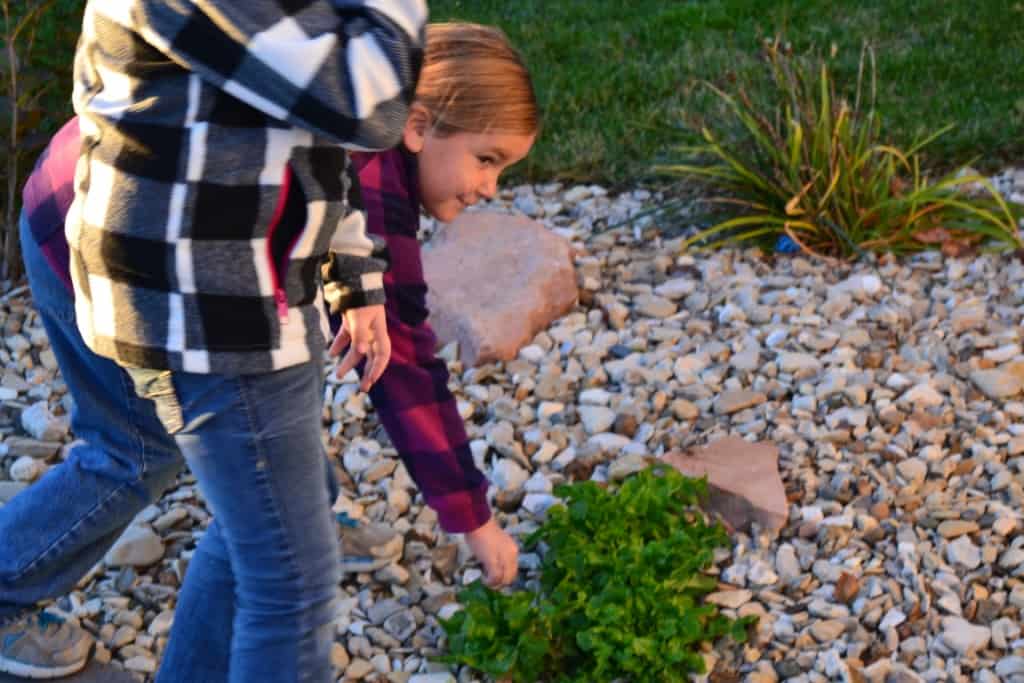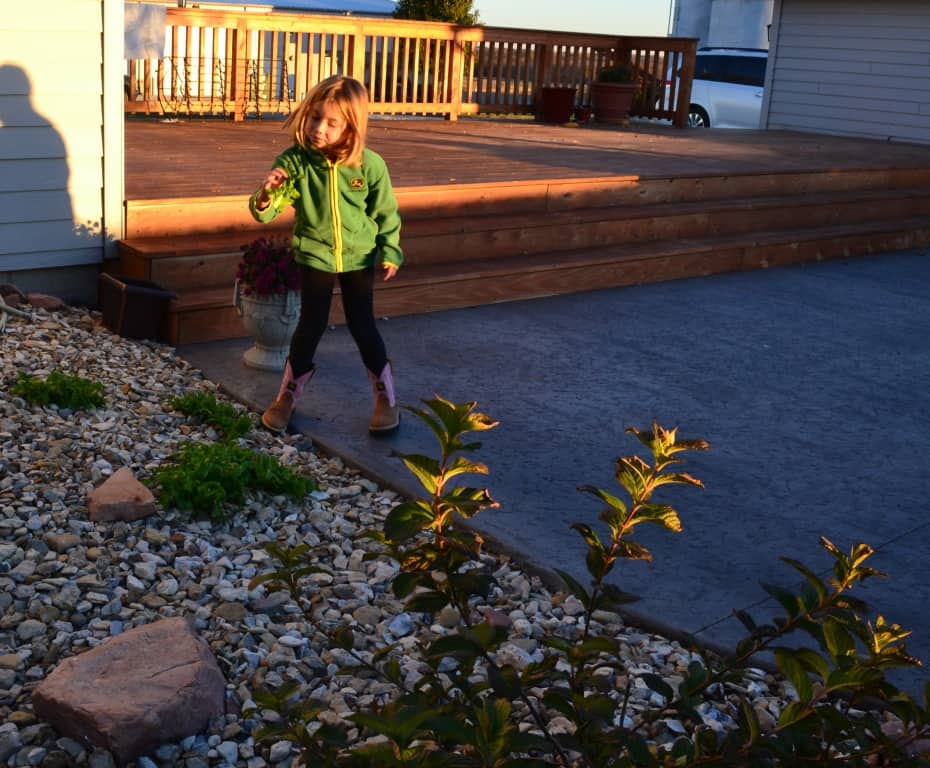We all want a landscape that is easy to maintain, provides beauty all year round, and provides benefits for our families, right? What if we create landscapes that are even more beneficial to our families and to wildlife, where we could, in season, simply pick fruit right off the tree in our backyard? And what if those same plants had all the ornamental qualities we want too? By using edible plants with ornamental values, we get all these benefits and improve our quality of life too.

Little known to most homeowners, many of our current landscape plants have edible value. For example, we can use berries from Kousa dogwoods, black chokeberry, American cranberrybush viburnum, and rusty blackhawk viburnum to make jelly, jam, or just eat fresh. The bark from Eastern sweetshrub can be used as a substitute for cinnamon. We can also eat the flowers of common landscape plants such as roses, daylilies, dianthus, and lavender. See? There are so many little known uses for the plants we think of as only ornamental!
Knowing about edible ornamentals is very similar to knowing your basic landscape plants. Size, bloom time, location, water needs, and colors are all the basics needed for knowing what plants to use. Designing with functionality can be achieved with a knowledgeable landscape designer, one who has experience in using edibles in the landscape. I have been using edible plantings in my landscape designs since before college. As a landscape designer, I remain a gardener first, and a landscaper second, so using edibles comes natural to me. Looking at my front yard, anyone would get a sense of that; my front walk is lined with garlic chives, I have borders of lavender, and I use sage and rosemary to anchor the corners of my beds.
However, I also like big displays of color. I use whatever perennial flowers that catch my eye, therefore, my garden isn’t exclusively edibles. Yet, even many of my favorite perennials can be used for healthy living. Coneflower roots have long been used for medicinal teas, hyssop leaves also make a great tea, the fruit of the prickly pear cactus is used for jam, and the irises just make me happy to look at them.

The following lists provide a great start for finding the perfect edible plant for your yard. Be sure to ask an expert before trying any plants if their identity is unknown because some plants can look similar, where one is poisonous and the other is edible. Soon, we will update you with some recipes and unique ways to use and eat these wonderful plants.
Trees and Shrubs

Many of our trees can also be used for both ornamental and edible purposes. Sugar maples can be tapped for their sap to make maple syrup, the acorns of bur and white oaks can be roasted and ground into flour, and of course you can eat the nuts of beeches and chestnuts, after roasting. Also, many of the trees with fruit can make great landscape plants, if properly maintained and cleaned up after. Peaches, apples, cherries, pears, and plums have the benefits of their cousins (crabapple, ornamental pear, and flowering cherry) with the addition of edible fruit. For large shade trees, consider using American chestnut, white oak, bur oak, sugar maple, and black walnut. For smaller ornamental trees try Chinese chestnut, English walnut, serviceberry, hawthorn, cornelian cherry dogwood, Kousa dogwood, or chinkapin. Shrubs with edible features include nannyberry viburnum, blueberry, gooseberry, staghorn sumac, smooth sumac, roses, American plum, elderberry, and Saskatoon serviceberry. The list is endless.

Vines, Herbs, and Annuals
Using vegetables, such as lettuce, chard, and cabbage in annual borders instead of tropical flowers can be both rewarding and beautiful. Consider dill, borage, calendula, nasturtium, tomatoes, beans, peppers, wheat, ‘Moon & Stars’ watermelon, eggplant, and Swiss chard for other annual plantings. In shady spots use spinach, wintergreen, and bunchberry-a type of creeping dogwood with edible fruit. Strawberries can be used as a groundcover in both shade and full fun spots. Climbing vines for trellises could be grapes, hops, kiwi, or climbing roses. Use herbs such as rosemary, sage, wormwood, chives, hyssop, or lavender in your bed and borders. Thyme, mints, and chamomile are great rock garden creepers.

Your family and friends will be amazed by the selection of foods you can grow in your landscape and still have that neat, well-manicured landscape that looks good too. If you have children, this is a great way to teach them about where their food comes from and how to grow it. They will be eager to help you harvest! Remember, to achieve a great quality of life, you must have an openness of mind, a thirst for learning, and the desire to surround yourself with beauty. What better way to do that than plant edibles?
Eat you landscape!


